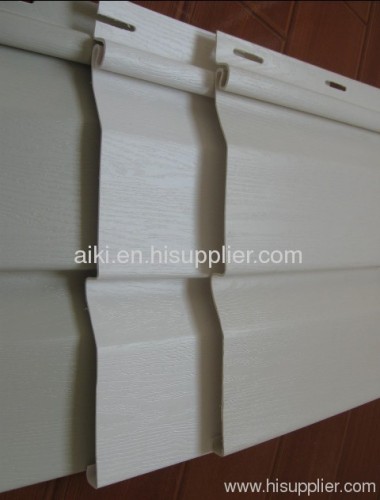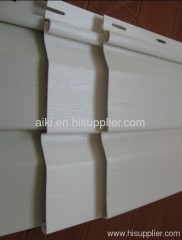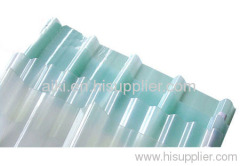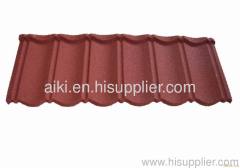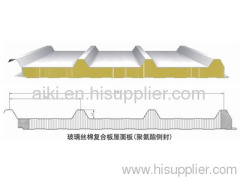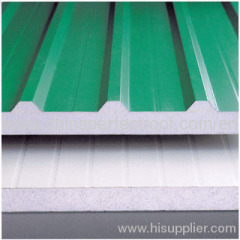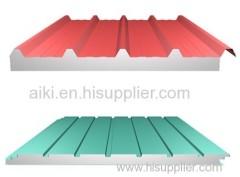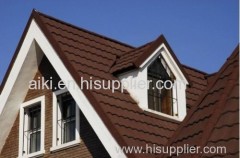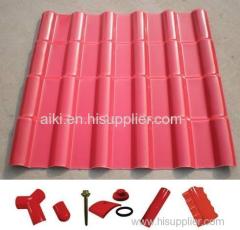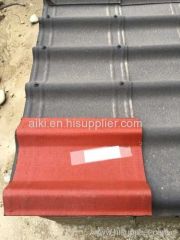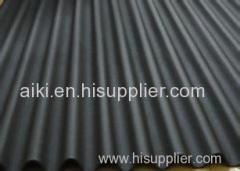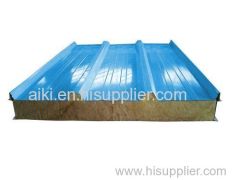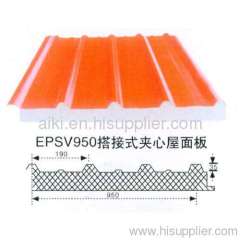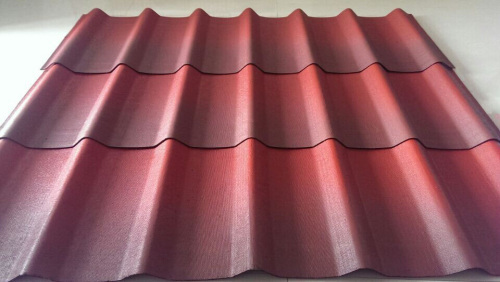
|
Qingdao Perfect Roof Co.Ltd
|
cement siding home siding
| Price: | 1.0 USD |
| Payment Terms: | T/T |
| Place of Origin: | Shandong, China (Mainland) |
|
|
|
| Add to My Favorites | |
| HiSupplier Escrow |
Product Detail
KRS fiber cement wall cladding offers a wood-like appearance with greater durability than most other siding products
KRS fiber cement wall cladding are man-made from a matrix of cement and cellulose re-inforced with fibres and fillers. The ratio of each ingredient can be varied to ensure that the finished product is able to meet the performance requirements demanded by each application. A wood grain is imprinted onto the surface during the manufacturing process.
Fiber Cement Wall Cladding panels are available in many forms, shapes colours and textures. There is something to suit almost any project requirement or budget with an associated variation in cost dependent on quality of the material used. There are many types of material used to clad a building which range from the common house brick or tiles through to wood boarding with much in-between. In recent times there has been a marked increase in the desire to use fibre cement as an exterior cladding material. The use of large format cladding panels for external cladding was pioneered both in North America, Europe and Africa.
KRS fiber cement wall cladding offers a wood-like appearance with greater durability than most other siding products. It will not rot, buckle or warp and can hold paint for several years longer than conventional wood siding.
Fiber Cement Wall Cladding Advantages
The beauty of fibre-cement as a building material is 4 fold; Fire resistant, rot resistant, malleability and low weight.
**A flexible building material
Immediately after it is formed fibre-cement is still pliable. This means it can be moulded into 3 dimensional shapes, can be embossed and because the fibre matrix supports the cement and other solids, can be far thinner than concrete. Random and natural surface effects can be achieved but with the consistency of a production line giving superb levels of control and cost efficiency. By the simple formation of a repeated wave in the wet material, larger panels can be made self-supporting and thereby provide excellent method of cladding large areas.
**Fibre cement wall cladding is a light weight building material
The hydration process means the material gets progressively stronger, providing concrete like strength but at a much lower weight. The advantage is that a lightweight sheet can be produced which can mimic stone without the low yields associated with extraction, or can reproduce the effect of clay based building products without the need for high temperatures in production. Light in weight it is easier to transport and work on site. Fibre-cement is consequently faster to install and less energy intensive in production, saving cost.
**Fibre cement wall cladding is fire resistant
Although there is cellulose (wood fibre) content, because it is held in a matrix of inorganic cement the material has excellent fire resistant qualities, of vital importance for structures for human occupation. The best combustibility ratings can be achieved with the subtlest of variations to the raw materials.
**A defence against rot and humidity
The combination of raw material and matrix structure of fibre-cement also provides excellent durability. Fibre cement is not susceptible to mould or rot damage thereby exceeding the longevity of timber, it contains no metals so will not rust and decay like steel and has low thermal conductivity so will not distort in the prescence of heat like PVC. Fibre cement is however porous thereby making it ideal for use in high humidity climates.With such strengths you would think fibre cement should be used everywhere, and you would be right. We have over 80 years of experience of the use of fibre cement across the varied climates of Europe and beyond. There are manufacturers on every continent testament to the popularity and durability of this amazing material. Talk to Cembrit about what fibre cement can do for your project and join the long line of satisfied users of this exceptional building material!

